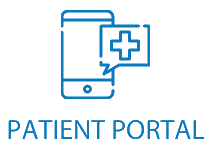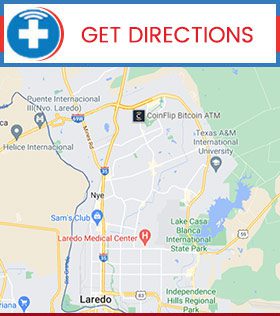Antibiotic Education Program
Medical providers have prescribed antibiotics for years and for good reason. They are used to help treat and fight bacterial infections, which can be quite common. Read on to learn more about how we provide antibiotic education programs to our patients.

What are antibiotics used for?
Be Antibiotic Aware Facts
Antibiotics are a form of medicine used to help fight infections caused by bacteria in humans. They kill the bacteria or make it harder for the bacteria to multiply and grow.
Infections caused by bacteria, such as strep throat, urinary tract infection (UTI), and whooping cough, are treated with antibiotics.
Antibiotics are also used for treating life-threatening conditions, particularly if bacteria is the cause. These conditions include sepsis, where the body has an extreme response to an infection or pneumonia.
Since as early as the 1940s, antibiotics have been used, and they have significantly reduced illness and deaths due to infectious diseases. But antibiotics aren’t always the answer.

What is antibiotic resistance?
When antibiotics are overprescribed or patients do not follow the prescribed instructions, bacteria can become resistant to the antibiotic. This means the bacteria are not stopped or killed by the drugs designed to destroy them and, as a result, continue to grow. It is estimated that 1.27 million deaths worldwide result from antibiotic resistance.

What is antibiotic stewardship?
Here are a few facts from the CDC Be Antibiotics Aware
1. Antibiotics can save lives, but being sick doesn’t mean you need them.
2. Taking antibiotics when they aren’t needed could have harmful side effects.
3. Antibiotics do not work against viruses like colds, flu, runny nose, or bronchitis.
4. Respiratory infections caused by a virus usually go away in two weeks without treatment.
5. Ask your primary healthcare professional for recommendations to feel better while fighting a virus
6. Antibiotics can create resistance in bacteria. Take antibiotics exactly as prescribed.
7. Taking antibiotics incorrectly increases the chances that bacteria will become resistant to the antibiotic.
For more information on antibiotic prescribing and use, please visit the CDC.
We have convenient locations to serve you. For more information, please call us or book an appointment online.


